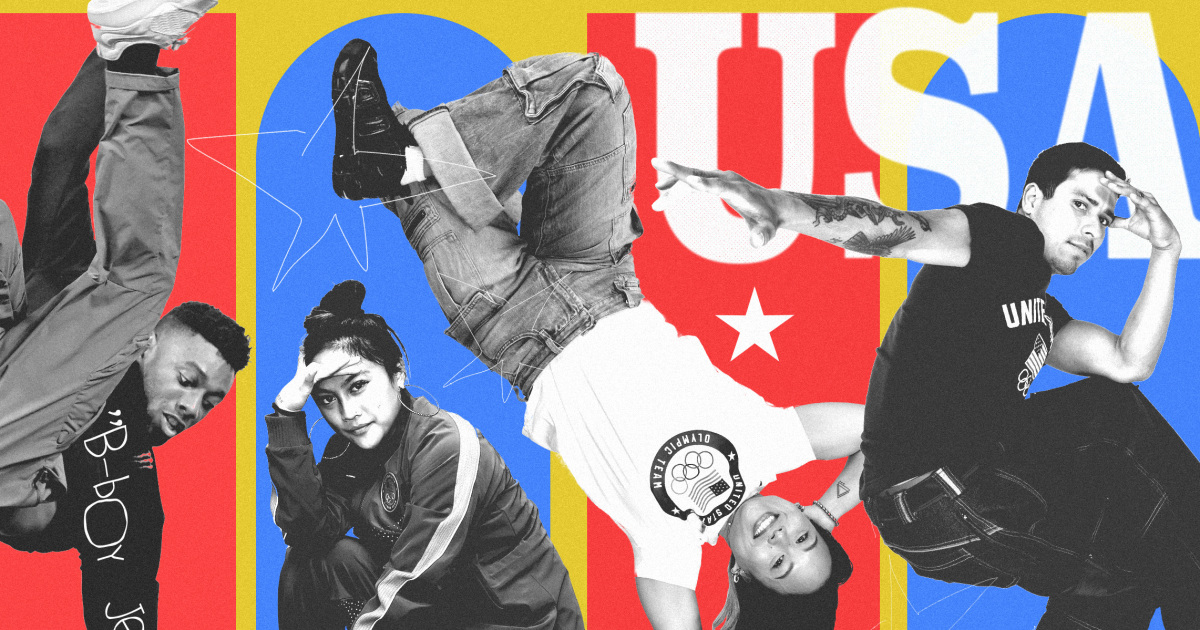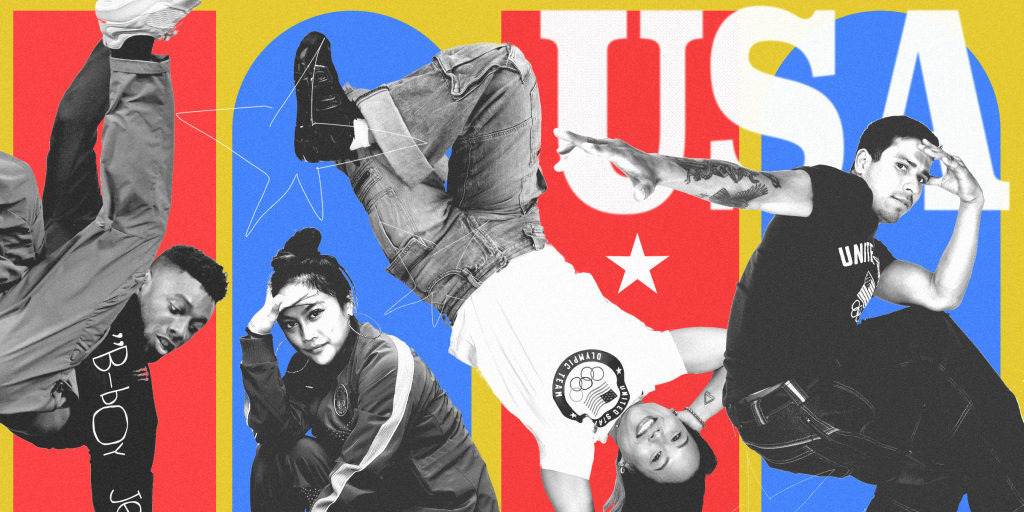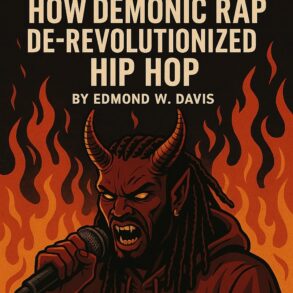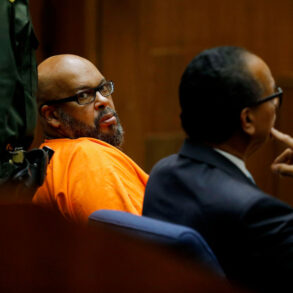
Logan Edra grew up learning about the four elements of hip-hop: rapping, graffiti, DJing and breakdancing. Now, she’s taking that knowledge and her love for the Bronx-born street dance style to the Paris Olympics.
“We’re part of this movement for the culture,” Edra, 21, who goes by Logistx, said in an interview.
“It’s about peace, love, unity and having fun. There’s already cultural influence, cultural impact; the only thing this adds is attention. We’re just getting more eyes on the culture.”
Breakdancing began in the 1970s within hip-hop culture, which highlighted Black American struggles and creative expression. Fifty years later, hip-hop’s influence in music, culture, art, fashion and sport has spread throughout the world, leading to international competitions and now the debut of breaking at the Olympic Games. The sport has come a long way from the energetic B-boys and B-girls practicing gravity-defying moves on slabs of cardboard in underserved cities.
When breakdancers Edra, Jeffrey “B-boy Jeffro” Louis, Victor “B-boy Victor” Montalvo and Sunny “B-girl Sunny” Choi take their talents to the Olympics for the first time as Team USA this summer, it will highlight the influence of hip-hop and its impact on communities far and wide.
“Hip-hop drives culture in general. The music has been the thing you see the most, but the Olympics really shows how important this dance form is. It’s incredible to see the global reach of hip-hop, especially through dance,” said Lavall “B-boy Brisk” Chichester, a Brooklyn-born breaker who is chief marketing officer of B-Boy & B-Girl Dojo, an online breakdancing school and resource site.
“I went to Italy and I saw a random kid practicing on the street,” Chichester said. “I didn’t speak Italian, he didn’t speak English, but we were just fast friends. We danced together. There’s a global community of people who just want to dance.”
Sixteen B-boys and 16 B-girls from around the world will compete in solo dance battles Aug. 9 and 10 at La Concorde in Paris, with athletes receiving the first-ever Olympic medals in breaking. Judges will use the same Trivium system used at the 2018 Youth Olympics in Buenos Aires, Argentina, which was the first breaking competition sanctioned by the International Olympic Committee.
The digital scoring platform will allow judges to score the breakers in real time on their technique, performance, musicality, creativity and more. It’s an objective system in a sport that has historically been subjective. But breakers like Montalvo are confident they can bring the heart of the hip-hop-descended sport to the Olympics.
Black youths in poor New York City neighborhoods cultivated breaking by mixing Black-created dance styles with martial arts and adding athleticism of their own. Puerto Rican youths in the city began to add their own flair to the street dance, Imani K. Johnson details in her book “Dark Matter in Breaking Cyphers: The Life of Africanist Aesthetics in Global Hip Hop.” Through the ’80s, movies and television began to feature forms of breaking as hip-hop music began to gain popularity.
As the decades went on, breaking developed its own culture within hip-hop. Terms like “B-boy” and “B-girl” emerged along with defining elements of breaking like toprock, downrock, freezes, power moves and drops. Dancers began facing off in international competitions beginning in the 1990s, but dancers say they want to preserve breaking’s distinct culture even as the sport reaches the Olympics.
“When I started breaking, it wasn’t about competition; it was about culture, it was about Black dance,” Carmarry Hall, a competitive breaker who goes by Pep-C, told The Associated Press. “The Olympic platform is not going to appreciate the understanding. It’s structured in a certain way, and in that structure, you lose a little bit of the heart.”
Ana “Rokafella” Garcia, a pioneering Puerto Rican B-girl who rose to prominence in the ’90s and broke barriers as a female breaker, doesn’t see it that way. She told the Los Angeles Times that breaking may go through new stages and draw in more dancers and audiences but that “at the core it will never change.”
“Hip-hop is an Afro diasporic voice that calls for respect, and at this point after 2020, nothing can erase the rooted aspect of hip-hop in Blackness,” Garcia said. In 2020, the IOC’s executive board finalized its decision to add breaking to the Paris 2024 program. “The Olympics will be another iteration of this dance form and stand alongside the other cultural branches on this tree.”
Edra began breaking when she was around 7 years old. She said that although she is excited to compete at the Olympics, she can’t help but feel for the breaking veterans who won’t get to showcase their talents on the main stage.
“A lot of them are proud of me. I feel loved,” she said. “But I’m over here heartbroken because of the OGs that didn’t get this time of being seen. They built all of this.”
Sergio “B-boy Zeku” Garcia is one of the many dancers rooting for Edra. Garcia runs BreakinMIA, the Miami breakdancing school where Edra often trains. He said he’s just excited to see breaking on such a large platform and “couldn’t care less about a gold medal.”
“It would be great, but we do think the exposure to all these young kids, that’s the real prize,” Garcia, 25, said in an interview. “Basketball’s expensive, football’s expensive, all these sports are expensive. But for breaking, you just need yourself and some music. I think this is going to help a lot of kids worldwide looking for an outlet.”
For more from NBC BLK, sign up for our weekly newsletter.
This post was originally published on this site be sure to check out more of their content.







